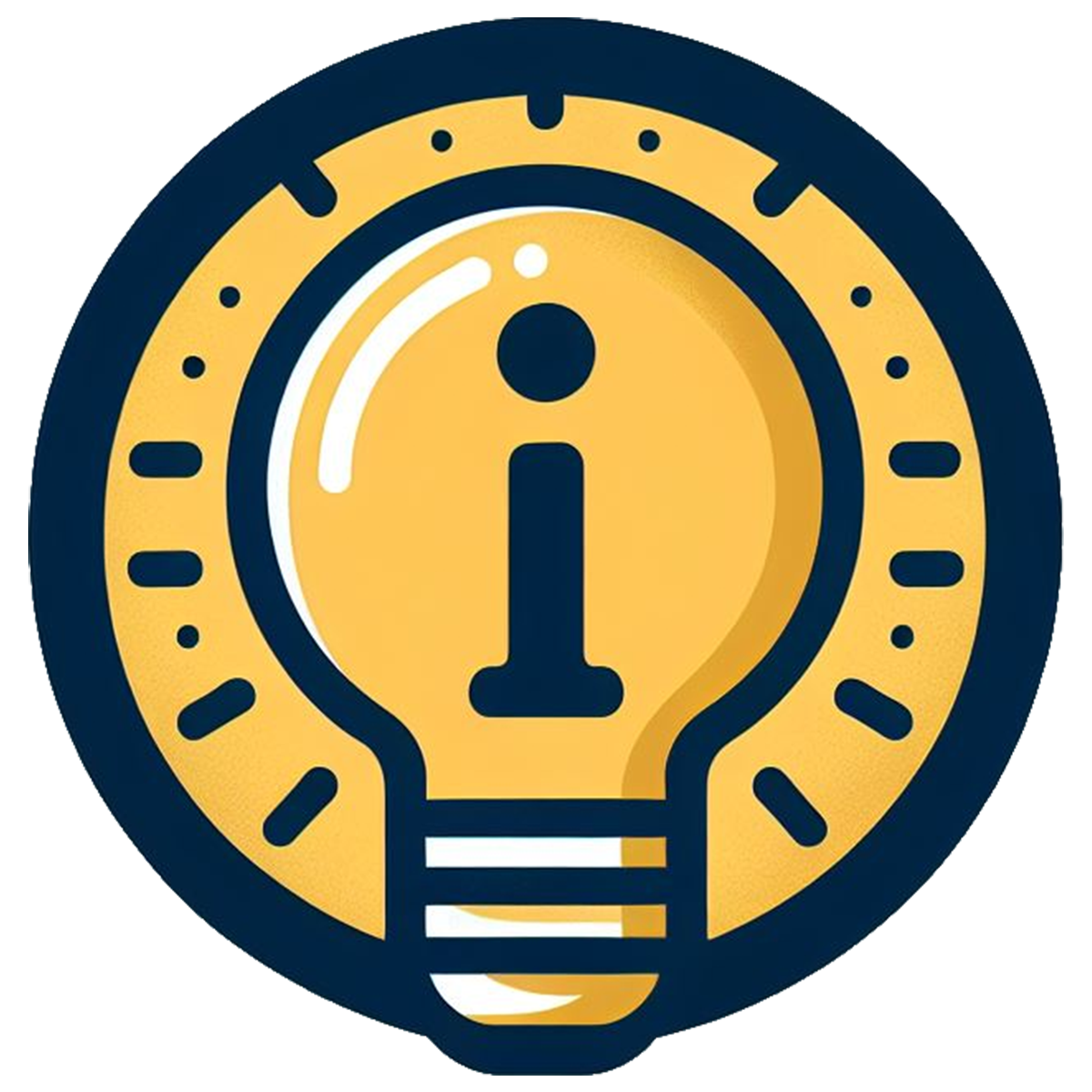TCEA Explains How to Use in the Classroom:
Creative Ways Teachers Can Use Google Whisk in the Classroom
1. Storytelling & Creative Writing
Google Whisk can help bring student stories to life by generating visuals based on their descriptions. Whether students are writing short stories, fables, or poetry, they can upload sketches or concept art and have Whisk generate fully developed visuals. This encourages creativity, improves descriptive writing skills, and enhances engagement.
2. Art & Design Projects
Teachers can use Whisk in art classes to help students explore different styles, create digital art, or enhance traditional drawings. Whisk allows students to experiment with historical art styles, concept art, and mixed-media designs without requiring advanced digital skills.
3. STEM & Science Visualization
With Whisk, students can generate AI-assisted illustrations of cells, atoms, space colonies, or ecosystems, making complex topics more accessible. Teachers can also create AI-generated diagrams for lessons, improving student comprehension in STEM subjects.
4. History & Geography Lessons
Instead of relying on traditional textbooks, students can use Google Whisk to visualize different historical periods and civilizations. Imagine recreating the Renaissance, ancient Mayan cities, or futuristic utopias using AI-generated imagery. This makes history and geography lessons more interactive and engaging.
5. Interactive Classroom Displays & Learning Aids
Teachers can use Whisk to generate classroom visuals such as posters, infographics, and learning aids that cater to different learning styles. Whether illustrating language concepts, math problems, or social studies topics, Whisk enhances visual learning by making educational materials more dynamic and appealing.

